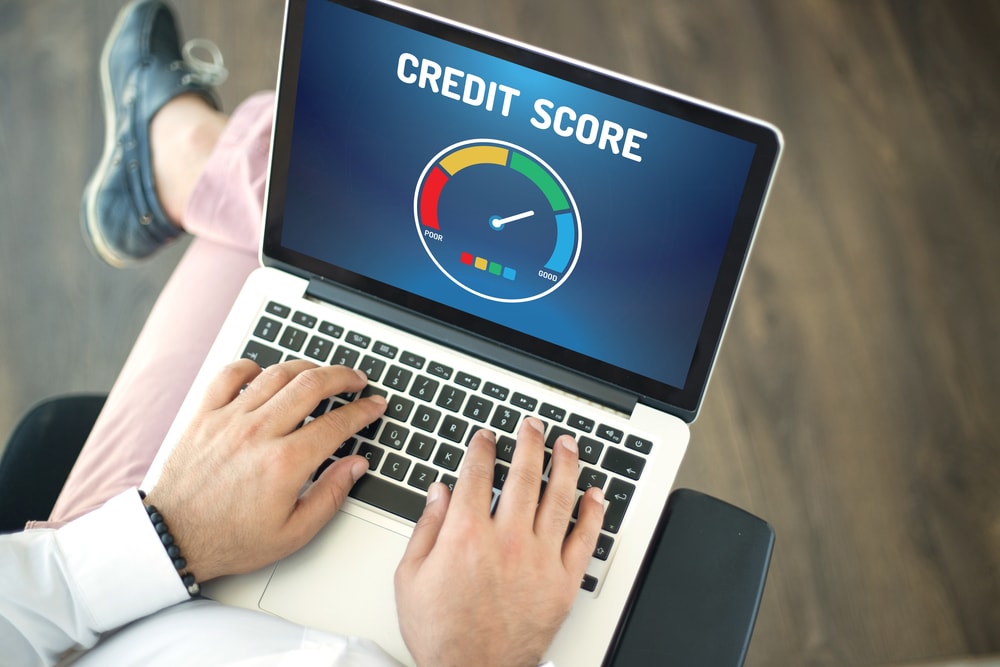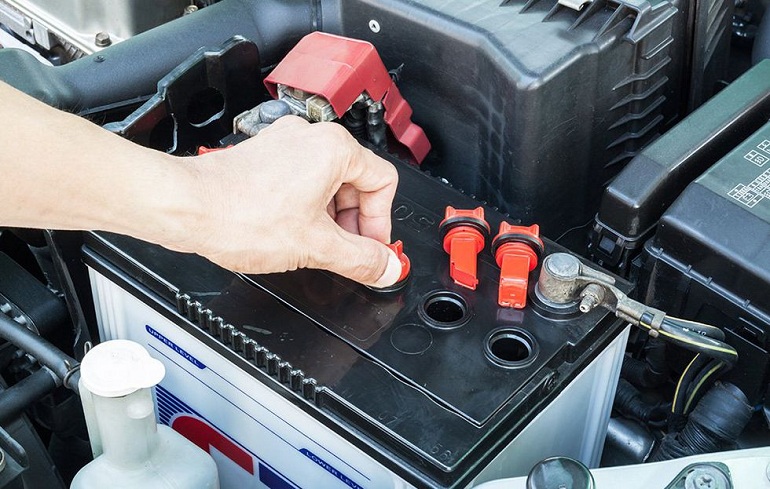If you have already filed for bankruptcy and got your debts discharged, you are aware that it is not the end of the world. As a matter of fact, for many people, it begins a new chapter in life and a good financial future that allows them to fulfill their needs. Even though bankruptcy is a fresh step in the creation of good credit, you cannot file for insolvency and expect a significant change overnight. It is going to take a lot of your time and attention and you need to work on it constantly to accomplish your objectives.
Things that create a Credit Score
The credit scores rely on the data that is collected for several months or years. The data collected for a month or even six months may not be enough to produce a score that provides you with a base to build your credit. Approximately, a couple of years will suffice for building good credit. It is true that bankruptcy filing is going to stay on your report for a period of ten years, the impact usually fades as time progresses. All that you need to do is to offset the negative aspects of the credit report with more positive information.
Even after you have completed the bankruptcy filing, the debts have been discharged successfully, and you are trying to improve the credit report, you are surely going to face a lot of challenges. Although it is a difficult goal to pursue, you can obtain it. For people with the best credit ratings before, filing for insolvency can destroy it completely as the old debts reflect on the report. The old creditors can help you to remove the debts, but they are not going to be too keen to help you rebuild the credit. So it can take a lot of time to go away. The fresh start you deserve after bankruptcy is your initiative, so you need to put in the desired efforts.
Getting started with the basics
Once you have completed the formalities listed in the insolvency and bankruptcy code, the lenders would want to view that you have enough money to pay for the present financial obligations and have funds to continue with the other expenses as well. When the debt burden becomes lighter, you are viewed as a prospective borrower. Apart from this, the lenders do not see you filing for insolvency again to discharge the debts. The following points tell you how to get started initially.
-
Try to follow a budget to stay comfortable with your finances. Often the credit counseling you undergo before discharging the debts and completing the procedures should also have offered you the same advice. However, if you are still not feeling confident, try to get help from a credit counseling agency. Free help is offered to several consumers on basic topics such as budgeting.
-
Creation of an emergency fund for a long period can protect your family from financial hardships and challenges and also enable you to use those funds when you are running tight in the other areas.
Creation of credit strategy

After filing for insolvency, you might feel that you are an outcast in the eyes of the credit card issuing authorities and the lenders. Although you need to prove yourself, make sure the steps you take allow you to meet your objectives. The first thing you need to do is to evaluate the free annual credit reports you receive. As the credit scores are built with the help of the information in your credit reports, the negative information present can make it even more difficult for you to overcome the debts. However, if you find any inaccurate information on the report, you have to correct it immediately.
Choosing the right financial products
The payment history before filing for insolvency is going to make you a risky borrower, but you can easily fix the issue with the extra assurance you provide to the money lenders. The following are the ways you can adopt for restoring good credit.
Taking secured loan

You can borrow against the existing money deposit, but you cannot use the money while repaying the amount. In addition to this, the money you get can be placed in your savings account and gradually released when you make the necessary payments, and in exchange, the financial institution agrees to send a positive report about your payment history.
Secured credit card
This is the card you get against your deposit, and while the annual fees are lesser, the interest rates are going to be higher. However, you can take this card to improve your credit until you become more eligible for using a better and unsecured credit card.
The final step
Finally, you have to avoid repeating the same patterns of payment mistakes that led you to file for bankruptcy. Consulting with a bankruptcy law lawyer is necessary to know more about the things you need to avoid for preventing the liquidation of assets. Remember that it is going to take time, but the negative information is going to drop from your credit report eventually. The faster you remove the negative aspects of your credit report, the better it is for you to get a good financial standing.



